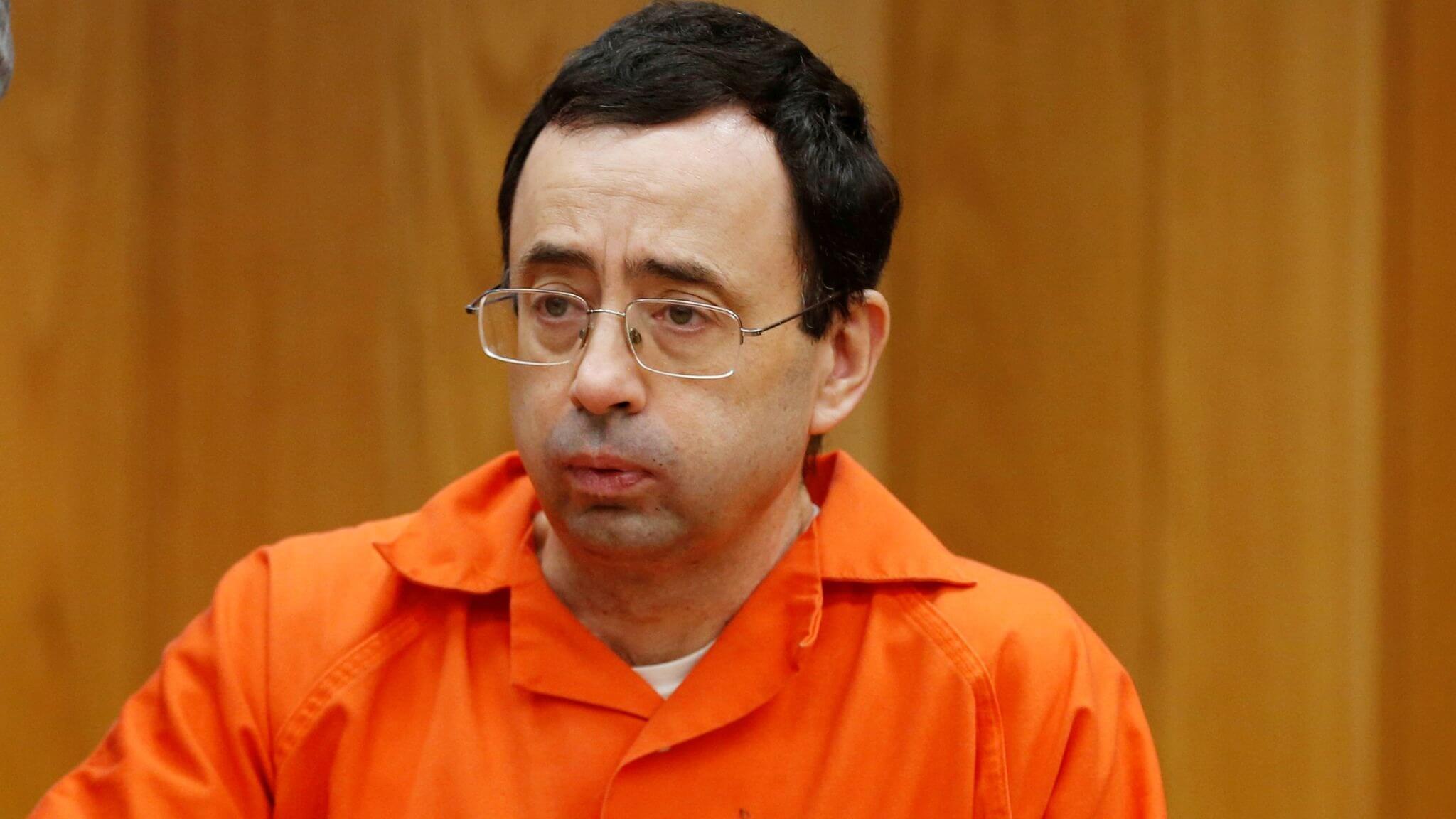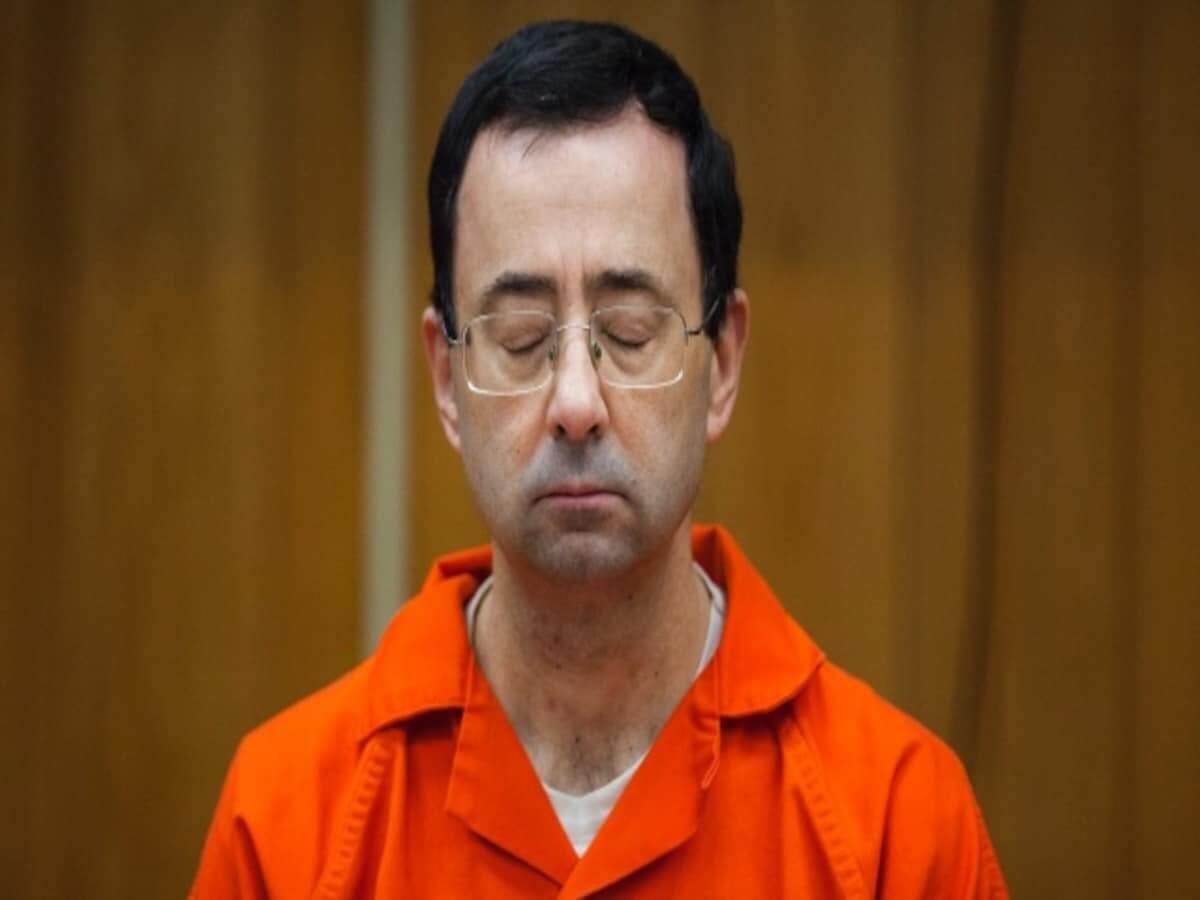
Examining the Complexities of Prison Safety
“Larry Nassar Incident: Examining the Complexities of Prison Safety”


Introduction:
In a shocking turn of events, disgraced sports doctor Larry Nassar was reportedly stabbed multiple times during an altercation at a federal prison in Florida. The incident brings to light the issue of prison safety, raising questions about the measures in place to protect inmates and the challenges faced by correctional facilities in ensuring the well-being of individuals in their custody.
The Incident and its Background:
Larry Nassar, once a renowned physician in the world of gymnastics, was convicted in 2018 for sexually abusing numerous female athletes under the guise of medical treatment. Nassar’s actions, which came to light as part of the #MeToo movement, sent shockwaves throughout the sports community and led to a reckoning within USA Gymnastics and other institutions responsible for protecting athletes.
The Alleged Stabbing:
According to sources, Nassar was stabbed multiple times during an altercation at the prison where he is serving his sentence. While details of the incident are still emerging, it is crucial to emphasize that violence within correctional facilities is not uncommon. Prisons are inherently volatile environments, housing individuals with a history of criminal behavior, mental health issues, and often limited access to resources or rehabilitative programs.

The Complexities of Prison Safety:
Prison safety is a multifaceted issue that requires a comprehensive approach. The responsibility lies with correctional authorities to create an environment that safeguards both inmates and staff. However, several factors contribute to the challenges faced by prisons in maintaining safety:
- Overcrowding:
Prisons across the United States often operate at or above capacity, straining resources and making it difficult to adequately supervise inmates. Overcrowding can contribute to heightened tensions and an increased risk of violence.
- Staffing and Training:
Insufficient staffing levels and inadequate training can compromise the safety of both inmates and correctional officers. Limited resources can make it challenging to address potential security risks or de-escalate conflicts effectively.

- Mental Health and Rehabilitation:
Many inmates have underlying mental health issues that, if left unaddressed, can lead to violent behavior. The lack of comprehensive mental health services and rehabilitative programs in prisons can exacerbate these issues.
- Gang Activity:
Gangs and organized crime syndicates operate within some prison systems, posing a significant threat to the safety and well-being of both inmates and staff. Their influence can fuel violence and undermine efforts to maintain order.
- Contraband and Weapons:
Despite efforts to restrict the flow of contraband, such as drugs and weapons, into prisons, they continue to find their way in. This poses a serious risk to the safety of all individuals within the facility.
Improving Prison Safety:
Addressing the challenges surrounding prison safety requires a holistic and proactive approach:
- Adequate Funding:
Increased funding for correctional facilities can help alleviate issues such as overcrowding, understaffing, and resource shortages. This would enable prisons to implement robust security measures and provide comprehensive rehabilitation programs.
- Staff Training and Support:
Providing ongoing training and support for correctional officers is essential. This includes de-escalation techniques, conflict resolution, and mental health training to equip them with the necessary skills to handle potentially volatile situations.
- Mental Health Services:
Expanding mental health services within prisons is crucial to identify and address underlying issues that contribute to violent behavior. By providing appropriate treatment and support, the risk of violence can be significantly reduced.
- Intelligence Gathering and Monitoring:
Developing intelligence-gathering mechanisms to identify and track gang activity within prisons is vital. This information can be used to disrupt gang operations and prevent violence.
- Technological Advancements:
Exploring innovative solutions, such as surveillance systems and body scanners, can help combat the entry of contraband into correctional facilities. Investing in technology can enhance security measures and improve overall safety.
Conclusion:
The stabbing incident involving Larry Nassar is a stark reminder of the challenges associated with prison safety. While it is essential to hold individuals accountable for their actions, it is equally important to ensure their safety while serving their sentences. By addressing issues such as overcrowding, staffing shortages, mental health support, and gang activity, correctional facilities can take significant steps toward improving prison safety. Only through comprehensive reform and a commitment to rehabilitation can we strive to create a more secure environment for both inmates and correctional staff.






